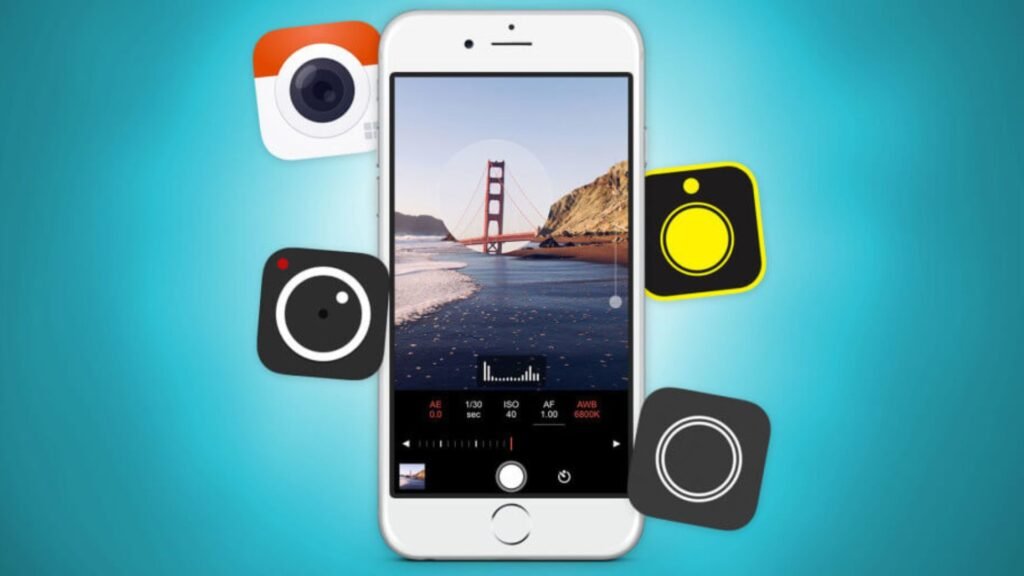Jul 3, 2024
Equipment and Gear in Photography
Photography equipment and gear are essential tools that enable photographers to capture high-quality images, enhance creative possibilities, and achieve professional results. From cameras and lenses to accessories and studio equipment, understanding different types and functionalities empowers photographers to select the right tools for their specific needs and shooting environments.

Equipment and Gear in Photography
Types of Cameras: DSLR, Mirrorless, and Compact
Cameras come in various types, each offering unique advantages for different photography genres and preferences. DSLR cameras are favored for their robust build, optical viewfinders, and extensive lens compatibility, making them versatile for professional photographers and enthusiasts alike. Mirrorless cameras are lightweight, compact, and feature electronic viewfinders, offering silent shooting and advanced autofocus capabilities suitable for travel and street photography. Compact cameras are portable and user-friendly, ideal for casual photographers seeking convenience without compromising image quality.
Lenses: Wide-Angle, Telephoto, and Prime
Lenses are crucial for controlling perspective, depth of field, and focal length, influencing image composition and visual storytelling. Wide-angle lenses capture expansive scenes and emphasize spatial relationships, making them ideal for landscape and architectural photography. Telephoto lenses magnify distant subjects, perfect for wildlife, sports, and portrait photography, compressing perspective and isolating subjects from backgrounds. Prime lenses offer fixed focal lengths, delivering superior image quality, low-light performance, and artistic bokeh effects, appealing to photographers seeking sharpness and versatility in their work.

Equipment and Gear in Photography
Tripods, Filters, and Accessories
Photography accessories enhance shooting capabilities and creative control in various environments. Tripods provide stability and eliminate camera shake during long exposures or low-light conditions, essential for landscape, architectural, and studio photography. Filters, such as UV, polarizing, and neutral density filters, modify light transmission, reduce glare, and enhance color saturation, improving image clarity and visual impact. Additionally, accessories like remote shutter releases, flash units, and camera bags optimize workflow efficiency and protect valuable equipment during travel or outdoor shoots.
Studio Equipment: Lighting Kits, Backdrops, and Props
Studio photography requires specialized equipment to control lighting and create controlled environments for professional shoots. Lighting kits include softboxes, umbrellas, and strobe lights, offering versatility in manipulating light intensity, direction, and softness. Backdrops and props provide customizable backgrounds and thematic elements, enhancing visual aesthetics and thematic storytelling in portrait, product, and commercial photography. Moreover, mastering studio equipment ensures consistent lighting and professional results, meeting client expectations and creative objectives effectively.
Choosing the Right Equipment for Your Needs
Selecting photography equipment involves considering specific shooting requirements, budget constraints, and desired outcomes. Whether investing in a versatile camera system, expanding lens collection, or acquiring essential accessories and studio gear, photographers should prioritize functionality, durability, and compatibility with their photography style and professional aspirations. Therefore, conducting research, seeking recommendations, and testing equipment before purchase ensures informed decisions and maximizes creative potential in photography practice.
Conclusion
Photography equipment and gear play a crucial role in enhancing creativity, achieving technical precision, and realizing artistic vision in photography. From selecting cameras and lenses to investing in essential accessories and mastering studio equipment, photographers leverage tools to capture memorable moments, convey narratives, and inspire audiences worldwide. By understanding functionalities, exploring innovative tools, and adapting to technological advancements, photographers continuously evolve their craft, embrace creative challenges, and elevate their professional capabilities in a dynamic photography landscape.
More Details








